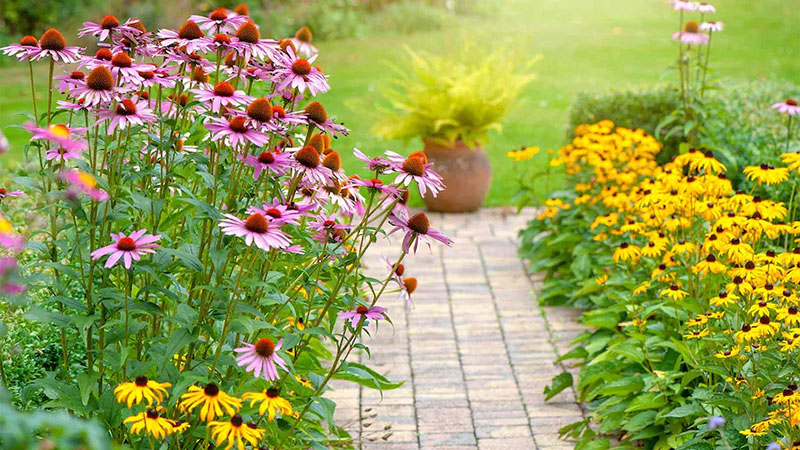
How to Plant a Native Pocket Prairie in Your Backyard
By Margaret Pierce, Harris County Master Gardener
Many of us understand the importance of using native plants in our landscapes, but don’t know how to get started. Planting just one native species in our yards is a good start, but planting a diverse collection of plants native to our region should be our goal.
Plants do not operate in a vacuum – they, along with the native bugs, bees, butterflies and other insects thrive when they operate symbiotically in their shared ecosystem. If they evolved together, then nature has enabled them to get the most from the resources that each offers, and when their ecosystem is in balance, all thrive. Accordingly, what we really should seek to create are our own well-functioning pocket prairies, in spite of the fact that we might be in the middle of a very urban environment. Our urban pocket prairies should contain plants with a variety of attributes – such as flowers with different bloom color, shape and time of bloom, plants that offer habitat, such as grasses, and plants that produce berries and seeds, and trees for cover. Other helpful components include a source of water, ground areas with leaf litter, and native trees.
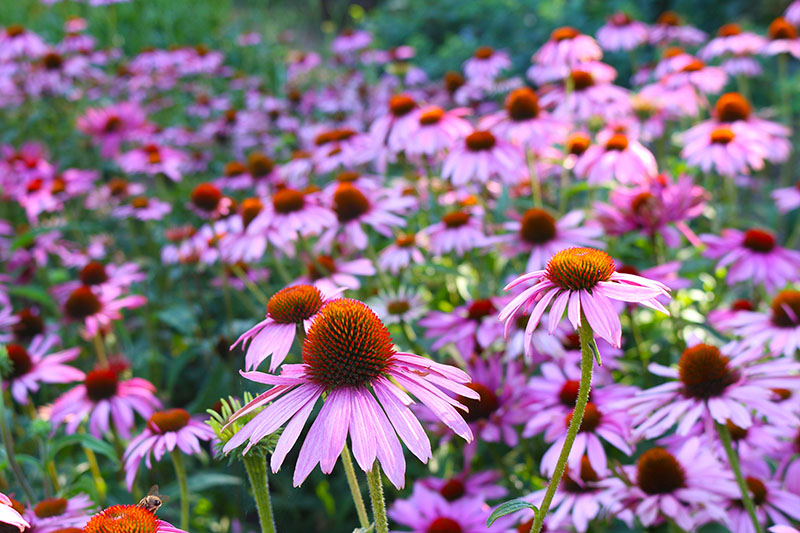
1. Where to plant your pocket prairie
To get started, first determine where you will locate your native plants. Most native plants do best with sun – either full or part. Find a spot or spots in your yard that offer this. By the way, all of your natives do not need to be together – you can insert natives throughout your existing landscape rather than having dedicated beds if that works best for you.
2. Preparing your beds
Next you should prepare your planting area(s) by pulling and discarding any visible weeds and other unwanted vegetation. You do not need to turn your soil – if you do so, you are exposing your seed bank to sunlight and so more weeds will germinate with vigorous tilling. For a particularly weedy area, or if you are converting an area with turf grass, additional measures will need to be taken, such as covering the area with cardboard or newspaper, and mulch, and waiting a couple of months for underlying weeds to die. You can also dig up the turf or use a sod cutter to remove it.
3. What to plant
Now comes the fun part – researching what to plant! There are some great resources to find species appropriate for our area:
Ladybird Johnson Wildflower Center – searchable by state, and by desired characteristics
Audubon’s Native Plant Database – searchable by zip code, and results include native birds supported by each native plant.
National Wildlife Federation Native Plant Finder – searchable by zip code and sorted by the number of butterflies and moths using each plant as a host plant.
Coastal Prairie Conservancy – has two lists – 9 Natives for Sun and 9 Natives for Shade with recommended native plants for our region.
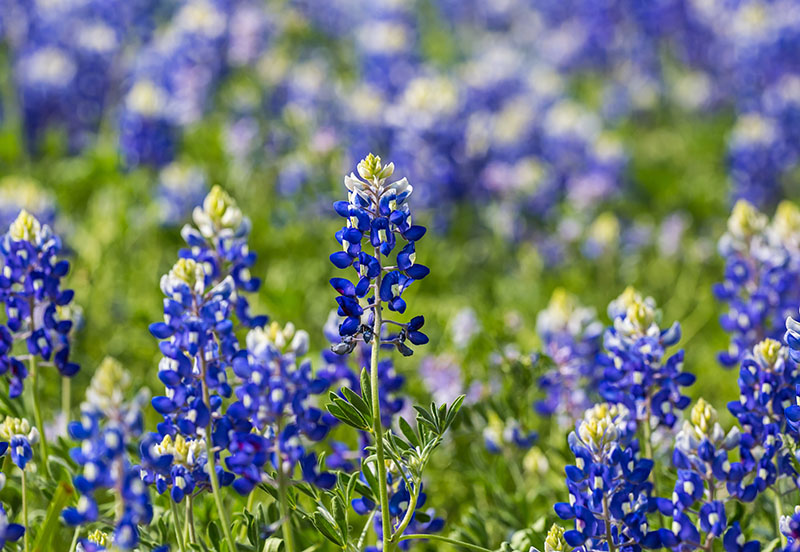
Perennials to plant:
Chasmanthium latifolium – Inland Sea Oats
Eryngium yuccifolium – Rattlesnake Master
Rivina humilis – Pigeonberry
Rudbeckia species – Texas coneflower (R. texana), Giant coneflower (R. maxima)
Salvia coccinea – Scarlet Sage
Salvia farinaceae - Mealy Cup Sage
Annual seeds to disperse:
Lupinus texensis – Texas Bluebonnet
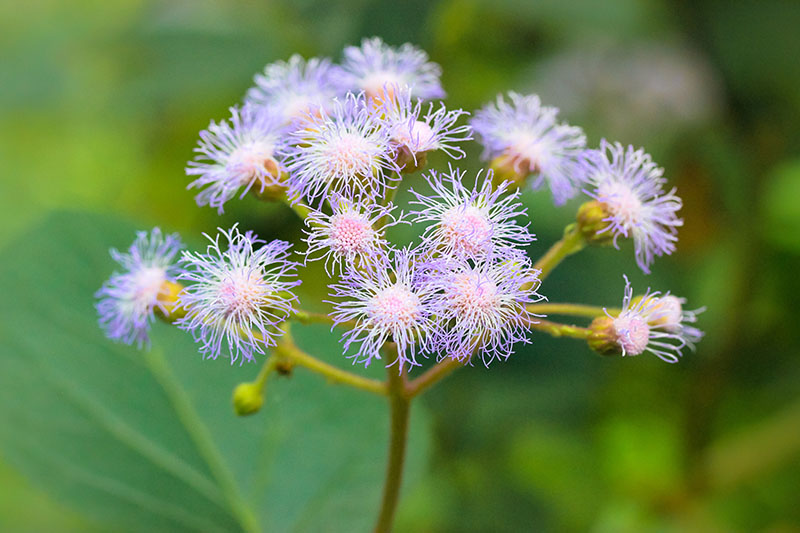
Conoclinium coelestinum– Blue Mistflower
4. When to plant
Fall is a great time to plant most native plant seeds. In nature, if a plant is a summer bloomer, it goes to seed in the fall – that is a great guide for when to plant a particular species. Likewise, fall is a great time to put your native plants in the ground, when temperatures are cooler and we get a little more rain. This gives plants a time to settle in and their roots to start growing. Spring works, too, before the heat of the summer.
5. Maintaining your Pocket Prairie
Be sure to weed and water as needed - but fertilizer is usually not necessary if planted in “native dirt”, but periodic applications of native mulch will help suppress weeds, retain moisture, and break down into beneficial organisms to support your plants. If your soil is comprised of the sandy loam that builders sometimes use, you will probably need to amend or replace it entirely as it does not have the nutrients that plants need to thrive. If you remove it, replace it with a native soil mix. If you are amending it, remove a couple of inches of the sandy loam, and add native compost/double ground mulch and work it into the soil. As always, having your soil tested (https://soiltesting.tamu.edu/) will provide useful information about nutritional status.
During the summer cut back your flowering natives if they are leggy and when flowers are spent – you will get another pop of color in the fall from many of your plants. You can also do another cut in early spring to remove dead branches. However, grasses provide habitat, and should not be cut back until spring.
Recommended Plants for Urban Pocket Prairies
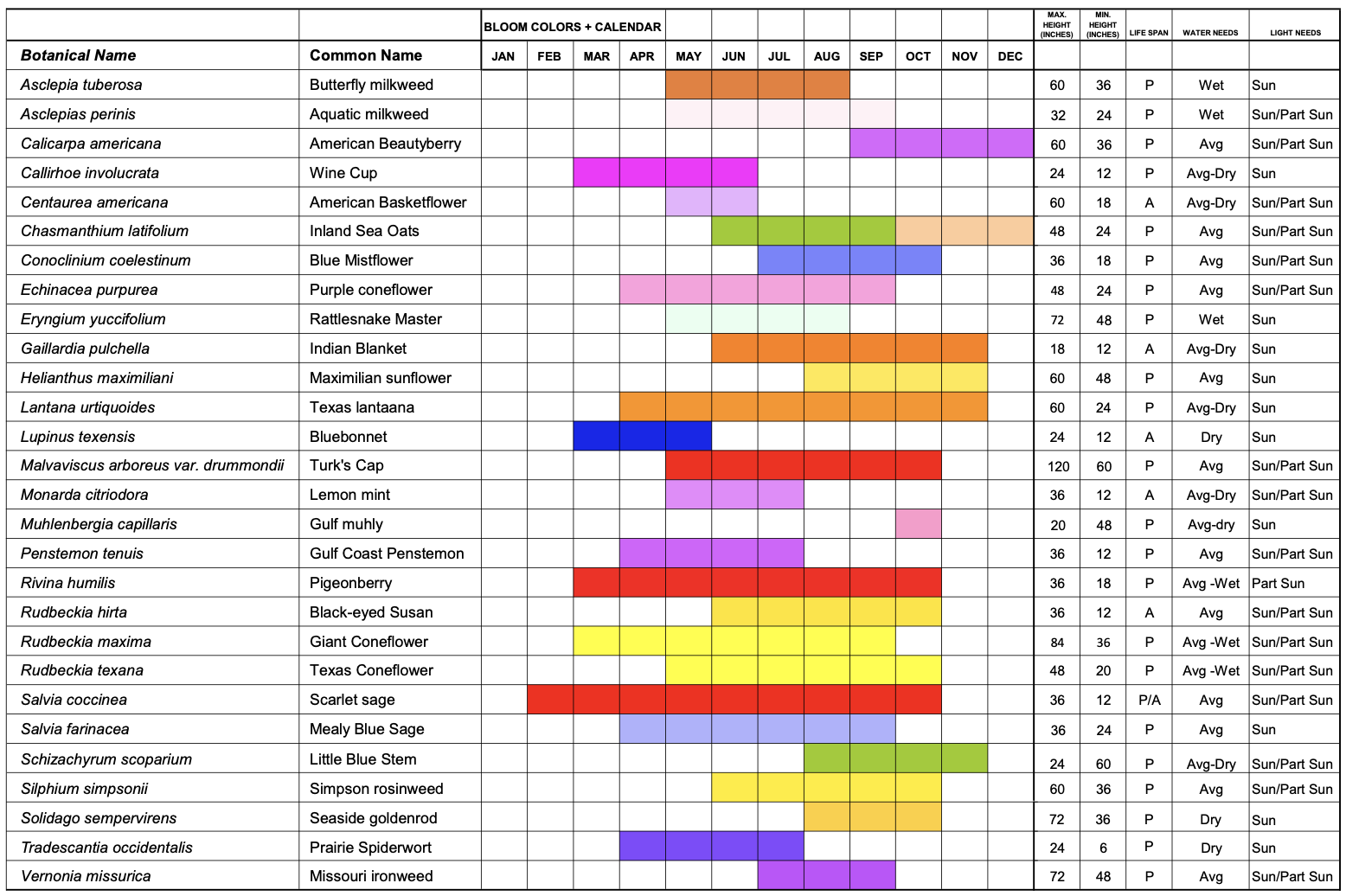
- One native plant in your garden is good, but...
- Multiple native plants of many varieties is OUTSTANDING!
- A garden with a variety of bloom colors, shapes, and bloom times supports all our native insects, butterflies, bees, birds, etc.
- Plant your natives together or plant them among other plants in your yard – native critters will find them!
Source: Harris County Master Gardeners Urban Dirt Newsletter (September 2023 Edition)
About Urban Dirt
Each month, Harris County Master Gardeners publishes an informative, resourceful newsletter entitled "Urban Dirt". This article was derived from the September 2023 edition. To read the September 2023 edition of this newsletter, click the button below.
URBAN DIRT - September 2023 EDITION


